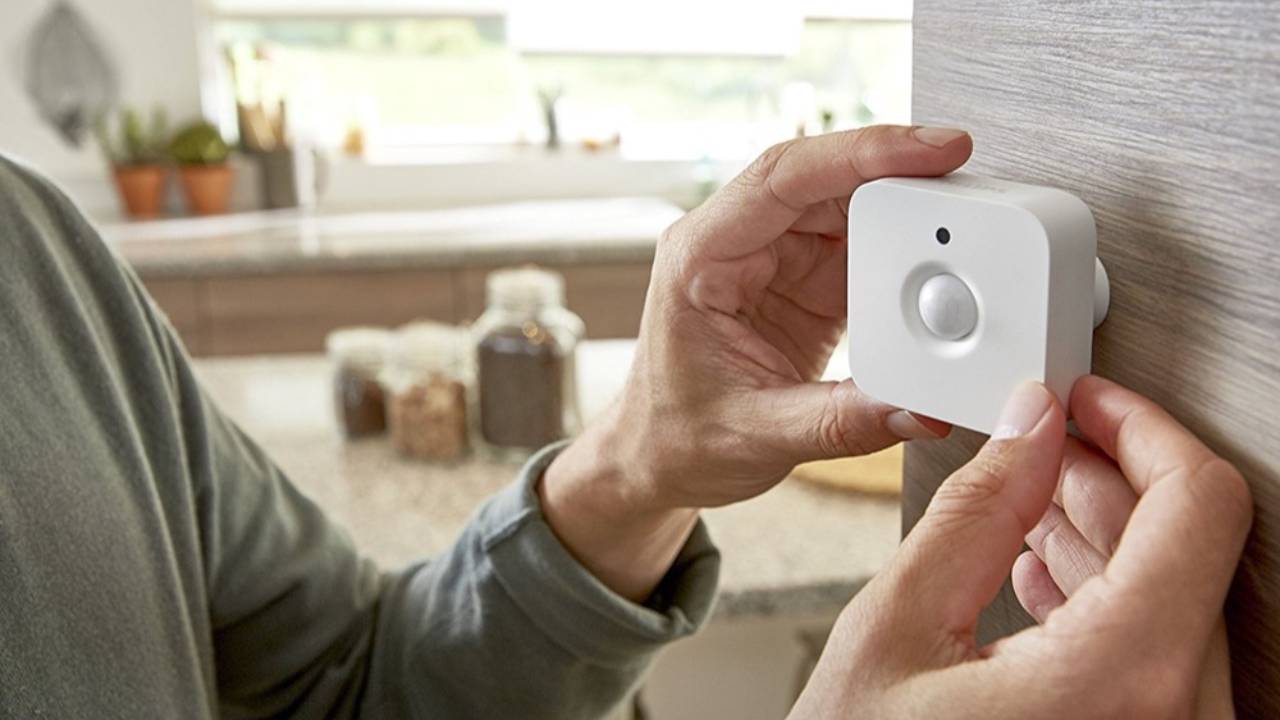

According to the latest statistics, there are an estimated 300 million smart homes around the world! Whether it’s full blown ecosystems that automate your entire day or the occasional device you use to play music and set timers, smart home devices have completely changed the way we live.
The most common smart home devices that you see on the market and in people’s homes are security cameras, smart displays and video doorbells. But one thing that’s very overlooked but can make a huge difference to the safety and security of your home is a smart sensor.
With the latest news of Philips Hue expanding into security and introducing the new Hue Secure contact sensor, I predict that more and more people will be looking for smart sensors to tighten their current set-up or to add the first layer of security to their home. Here’s everything you need to know about smart home sensors, including what they are, different types and why you should have one in your home.
What is a smart home sensor?
There are many different types of smart home sensors (which I'll get into below) but in general, smart sensors detect movement in an area of your home. When it detects movement, sounds or activities, the sensor will send you an alert or tell your other smart devices how to react, for example, if it hears an intruder trying to get in through the front door, it can tell your outdoor lights to switch on.
Most smart sensors available today are wireless or battery powered, so you can place them anywhere around your home. Choosing the right position is important, as you want it to be close to any potential action so it can properly hear and detect anything unusual. If you’re unsure, you can hire a professional to install your smart sensor or you can put it in commonly used areas or spots where intruders might try to break in, like doors and windows.
Once you’ve decided where you want to put your smart sensor, you need to set it up using a smartphone app. The app you use will depend on the compatibility of your smart sensor, but most models on the market can connect to platforms like Alexa, Google Assistant, Apple HomeKit and Samsung SmartThings. Setting your sensor up like this will ensure you’re properly connected to your home and alerted when things come up, plus you get access to your other smart devices.
Different types of smart sensors
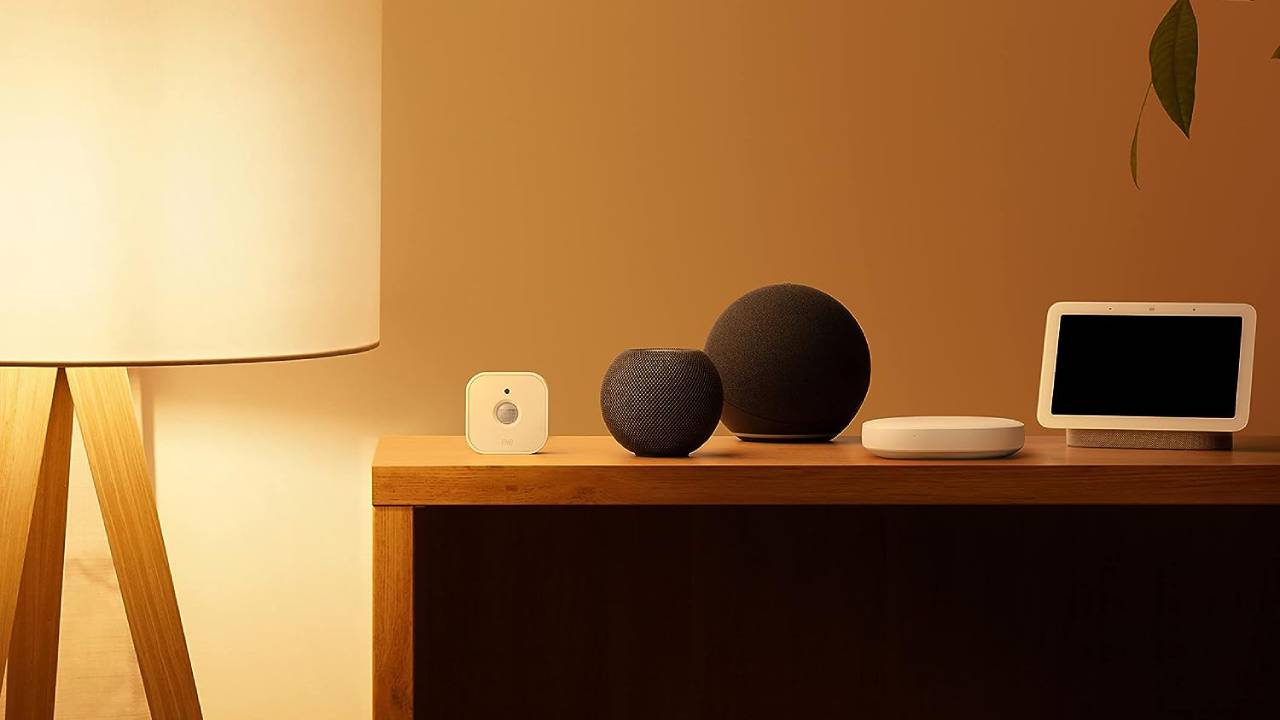
As mentioned, there are different types of smart sensors you can choose from. The main type are sensors that detect motion which are aptly named motion detectors. Good examples of these are the Ring Alarm Motion Detector and the Eve Motion Sensor. A newer version of these are sound recognition devices, like the Earzz Smart Home Monitor, which listens in to important sounds around your house.
Sign up to the T3 newsletter for smarter living straight to your inbox
Get all the latest news, reviews, deals and buying guides on gorgeous tech, home and active products from the T3 experts
Other smart sensors you can find are water leak detectors and temperature sensors. The former monitors the flow of water through a pipeline or the water’s point of entry into your home. If it recognises any leaks or disruptions, the detector will cut off the water flow to the house and inform you of any issues to help prevent water damage or flooding. The latter monitors and records the temperature in your house. It can be used alongside the best smart thermostats to keep your home at the perfect temperature, and can be used to detect changes as a result of damaged systems or burst water tanks.
Why you need a smart sensor in your home
In my opinion, smart sensors are wildly underrated. There are so many different smart home devices which come with a plethora of features and can ‘double up’ as other things, for example, your video doorbell can act as a security camera so you can see who’s at your door at all times. I think this is the main reason smart sensors are often forgotten about as their functionality is often built-in to other devices.
But having a dedicated smart home sensor can improve your security, automation and make your entire home run more smoothly. In terms of security, smart sensors pick up unusual movements and installing them next to doors and windows can alert you to any break-ins. You can also use your smart sensor to keep up-to-date with what’s going on in your home while you’re not there. For example, if you’re at work and your child has just got home from school, your smart sensor can give you that peace of mind. Similarly, if you place a smart sensor in your baby’s room, it can alert you if they start crying or trying to get out of their crib.
Automation is another key reason to invest in a smart sensor. Once you have your smart sensor set up with an app, you can customise how you want your other devices to react. Say someone tries to get in through your back door, your smart sensor can trigger your lighting and music to come on to give the impression that someone’s home and switch on your outdoor siren (like the Yale Floodlight Camera) to scare them away.
Overall, smart home sensors have impressive credentials and I’d highly recommend them for better security and improving the power of your other smart home devices.

Beth is Home Editor for T3, looking after style, living and wellness. From the comfiest mattresses to strange things you can cook in an air fryer, Beth covers sleep, yoga, smart home, coffee machines, watches, grooming tools, fragrances, gardening and much more. If it's something that goes in your house, chances are Beth knows about it and has the latest reviews and recommendations! She's also in the know about the latest deals and discount codes from top brands and retailers.
Having always been passionate about writing, she’s written for websites, newspapers and magazines on a variety of topics, from jewellery and culture, to food and telecoms. You can find her work across numerous sites, including Wedding Ideas Magazine, Health & Wellbeing, The Bristol Post, Fashion & Style Directory, TechRadar, CreativeBloq and more. In her spare time, Beth enjoys running, reading, baking and attempting craft projects that will probably end in disaster!
-
 Garmin’s on a mission to update your wrist into oblivion as 100+ tweaks land on Fenix and Enduro watches
Garmin’s on a mission to update your wrist into oblivion as 100+ tweaks land on Fenix and Enduro watchesThe latest beta update looks comprehensive
By Matt Kollat Published
-
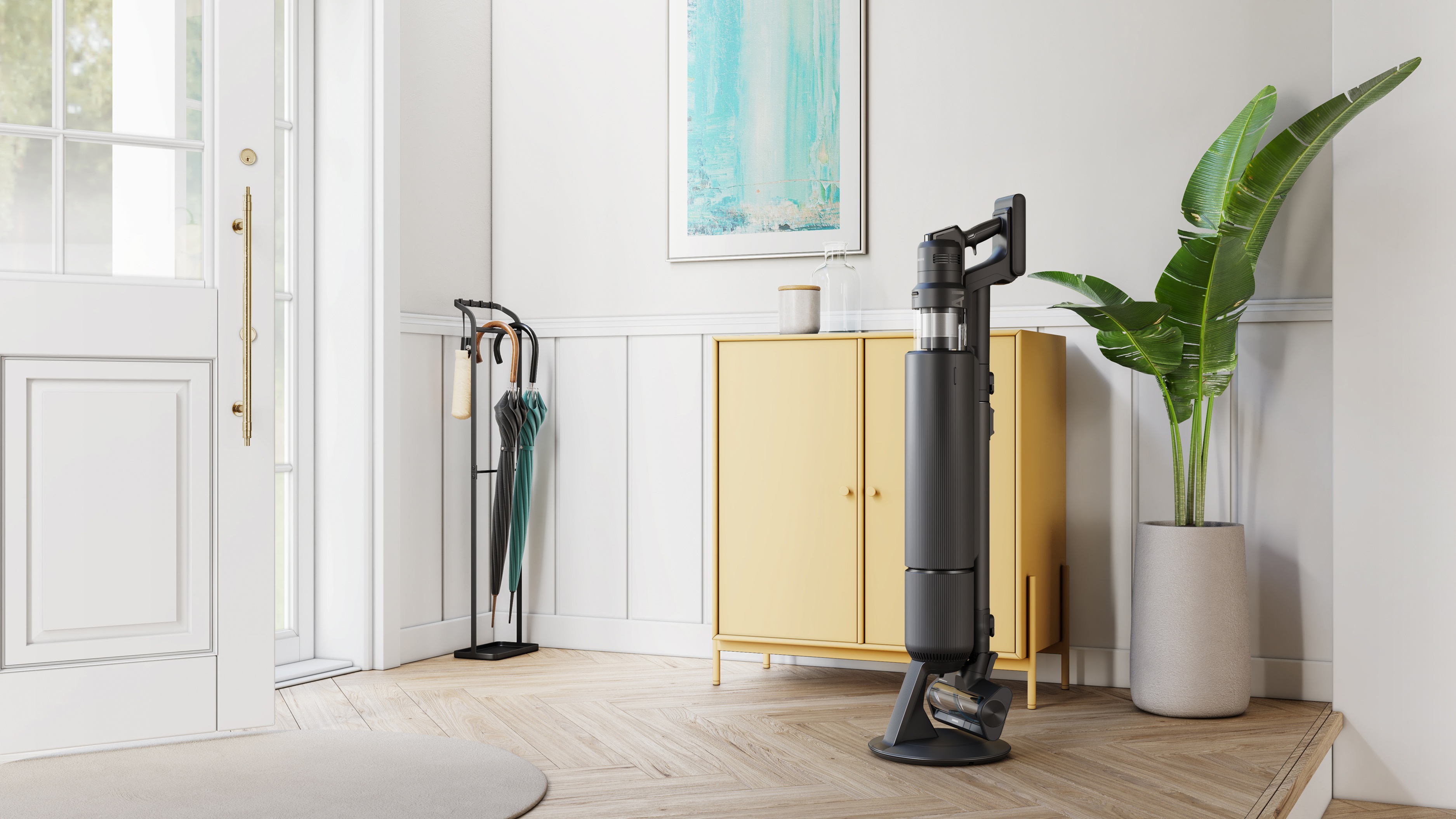 5 reasons you should be excited about the brand new Samsung Bespoke AI Jet Ultra
5 reasons you should be excited about the brand new Samsung Bespoke AI Jet UltraNot sure if it’s obvious... but I can't wait to try it
By Lizzie Wilmot Published
-
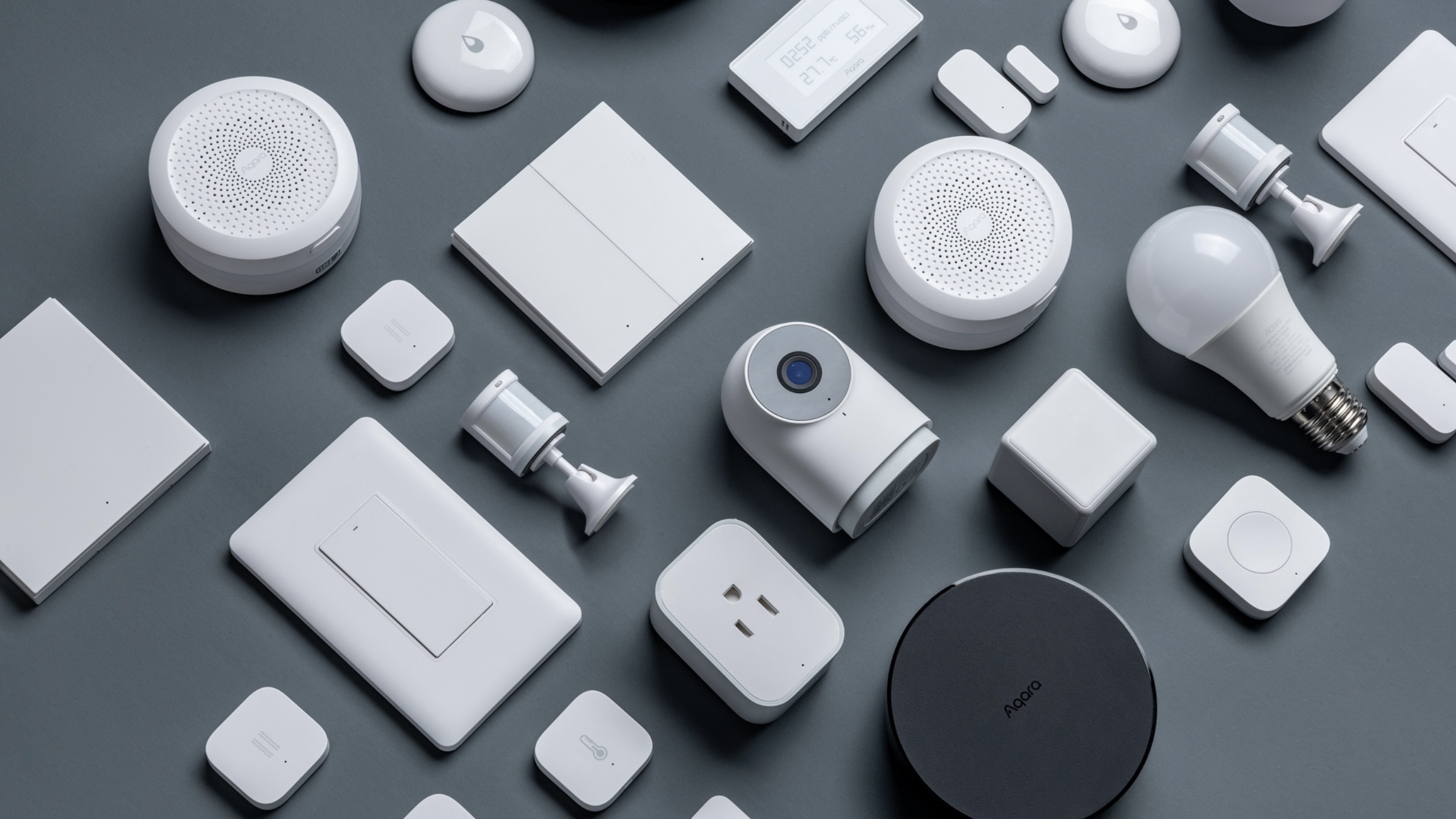 Aqara's smart home gadgets are finally becoming Matter-compatible
Aqara's smart home gadgets are finally becoming Matter-compatibleHere's everything you need to know
By Lizzie Wilmot Published
-
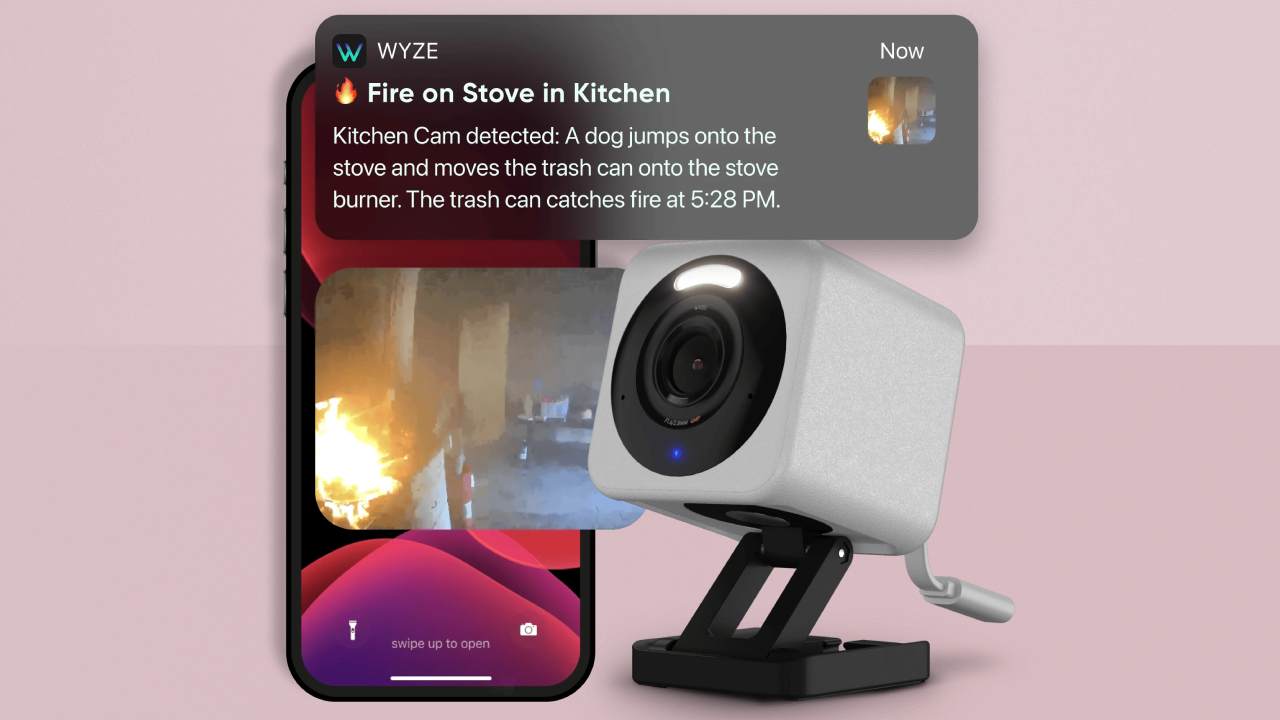 Wyze’s new AI feature only tells you the important things caught on your security cameras – here’s how
Wyze’s new AI feature only tells you the important things caught on your security cameras – here’s howWyze adds AI feature to its Cam Unlimited Pro subscription plan
By Bethan Girdler-Maslen Published
-
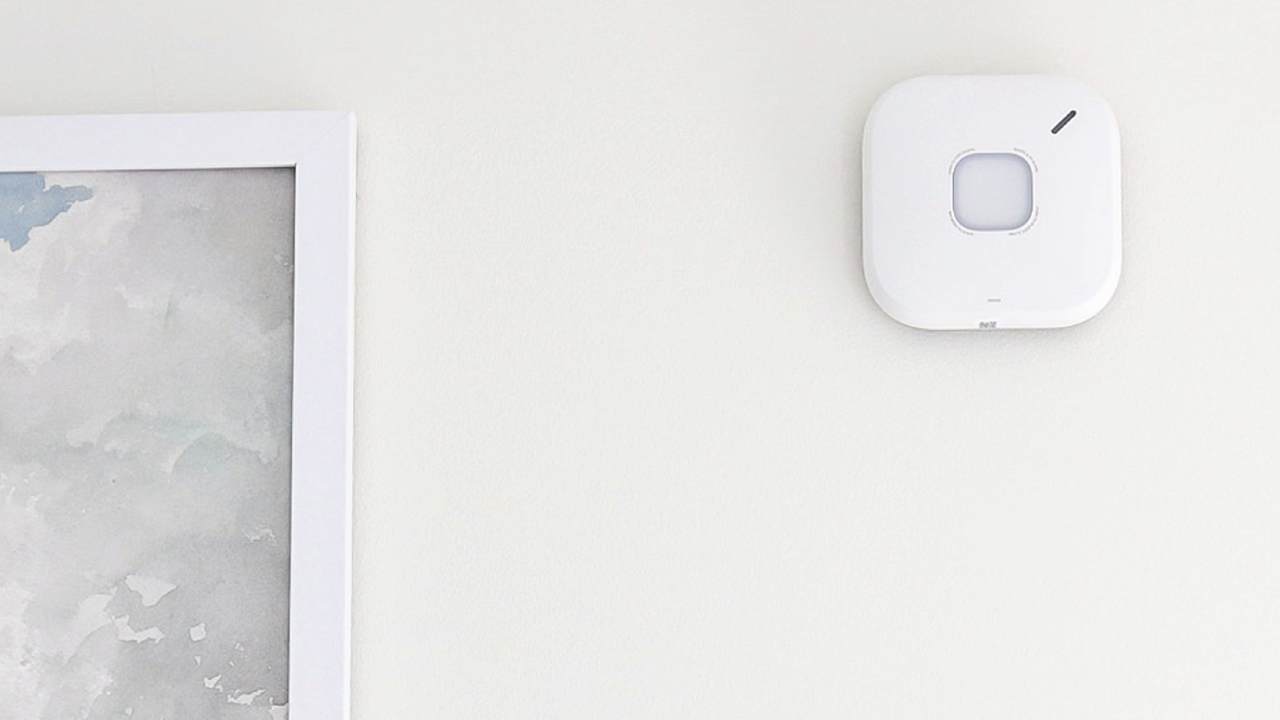 Google drops its Nest smoke alarms but First Alert has it covered
Google drops its Nest smoke alarms but First Alert has it coveredGoogle Nest partners with First Alert on smart smoke and CO alarm
By Bethan Girdler-Maslen Published
-
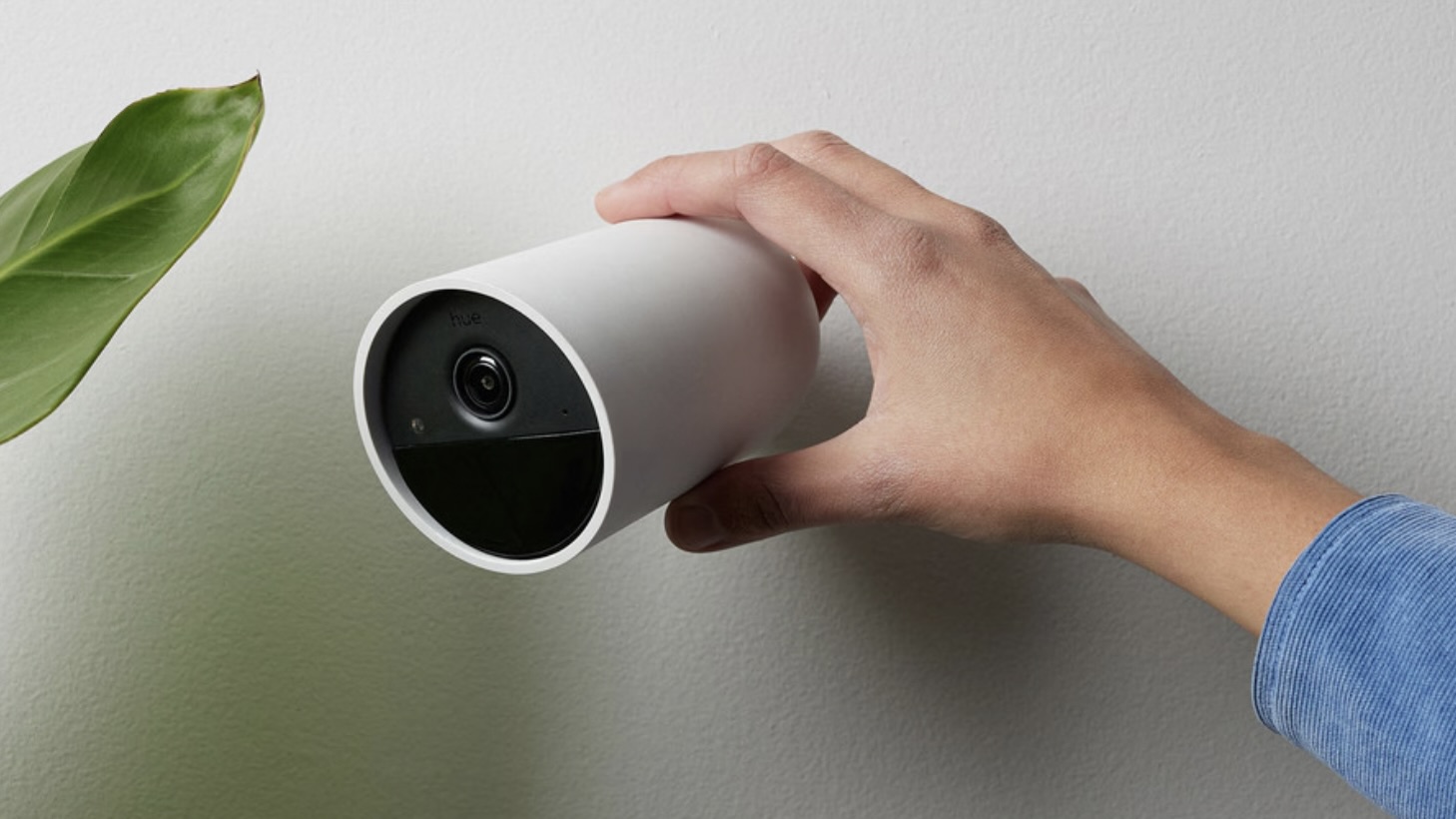 Philips Hue Secure cameras get major battery life boost with latest update
Philips Hue Secure cameras get major battery life boost with latest updateIt's the first update in a while that solely focuses on Hue Secure products
By Lizzie Wilmot Published
-
 New Matter leak reveals exciting smart garden tools heading our way – a lot sooner than expected
New Matter leak reveals exciting smart garden tools heading our way – a lot sooner than expectedThat was pretty unexpected!
By Lizzie Wilmot Published
-
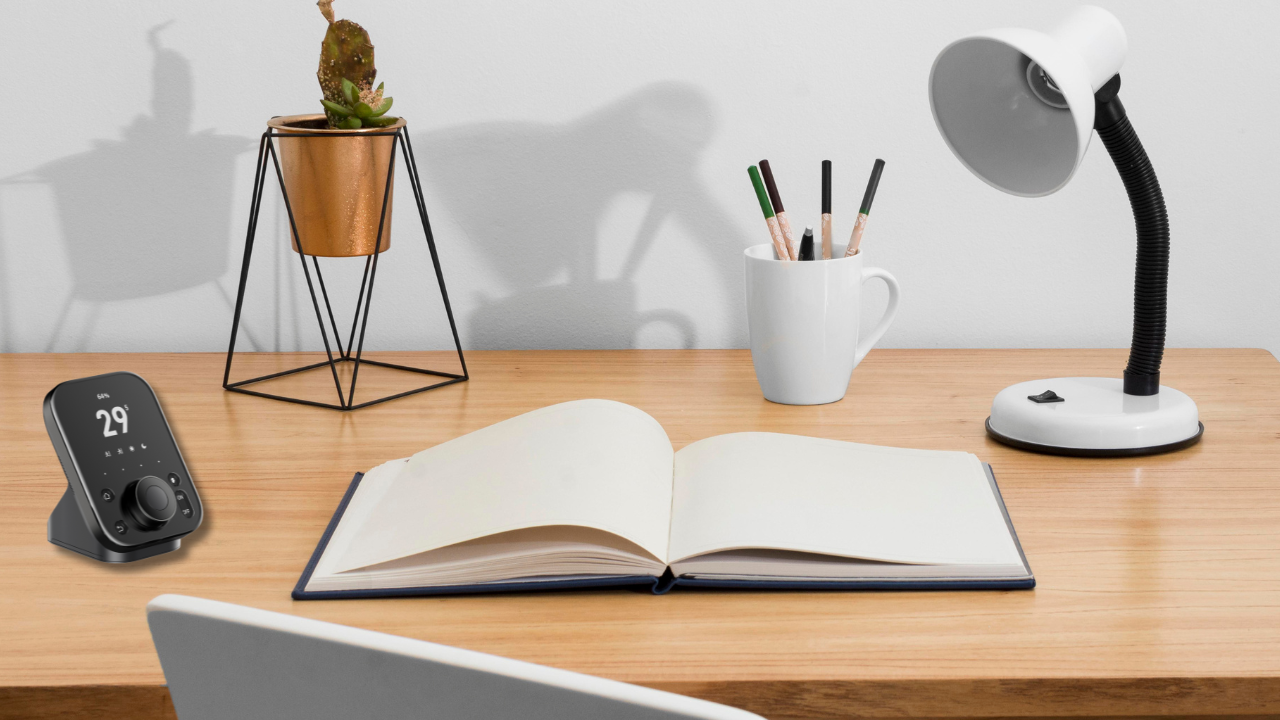 Setting up a smart home as a renter? You have to check out SwitchBot's new hub
Setting up a smart home as a renter? You have to check out SwitchBot's new hubHere's what we know so far
By Lizzie Wilmot Published
-
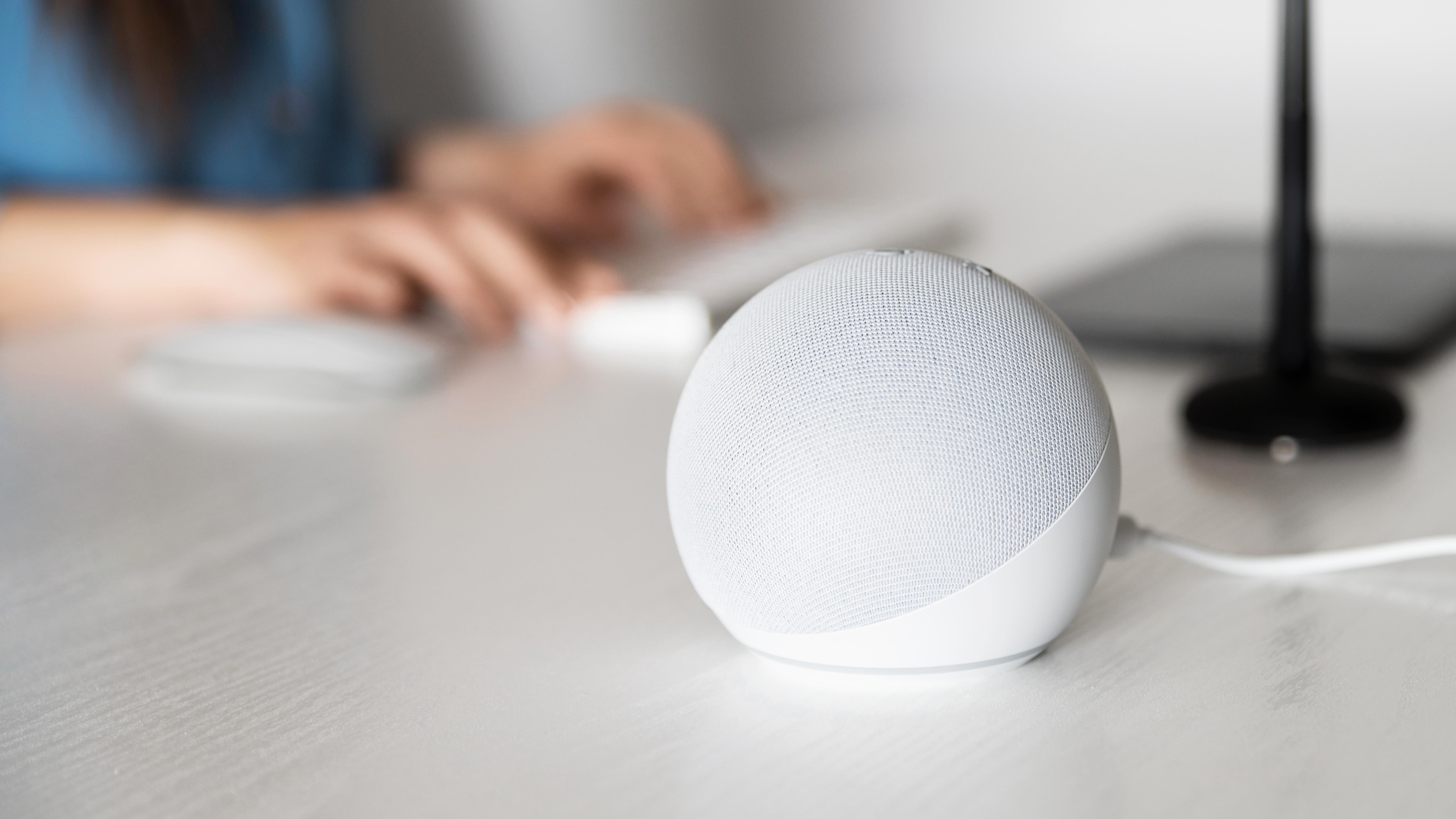 Starting a smart home? I'm an expert and this is the smart speaker you should buy
Starting a smart home? I'm an expert and this is the smart speaker you should buyIt comes down to three options
By Lizzie Wilmot Published
-
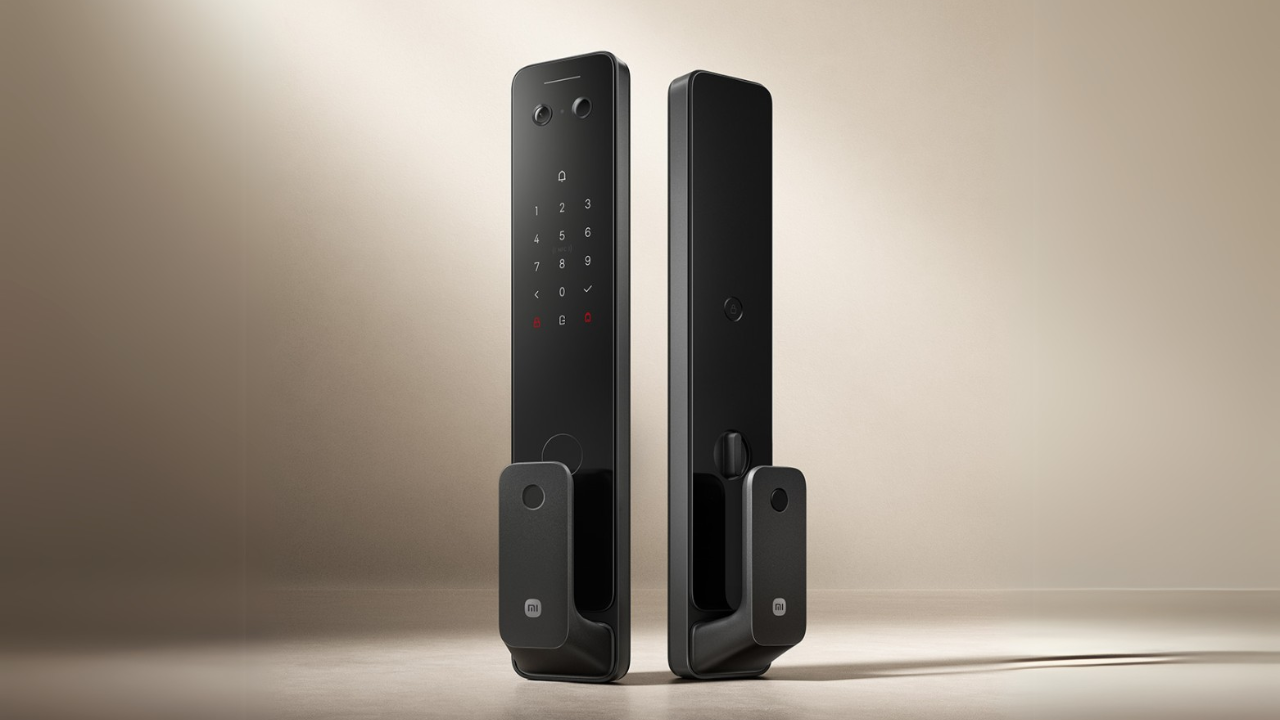 Forget keys – Xiaomi's new smart lock has you covered with 9 different entry modes
Forget keys – Xiaomi's new smart lock has you covered with 9 different entry modesIt's an all-in-one security solution
By Lizzie Wilmot Published